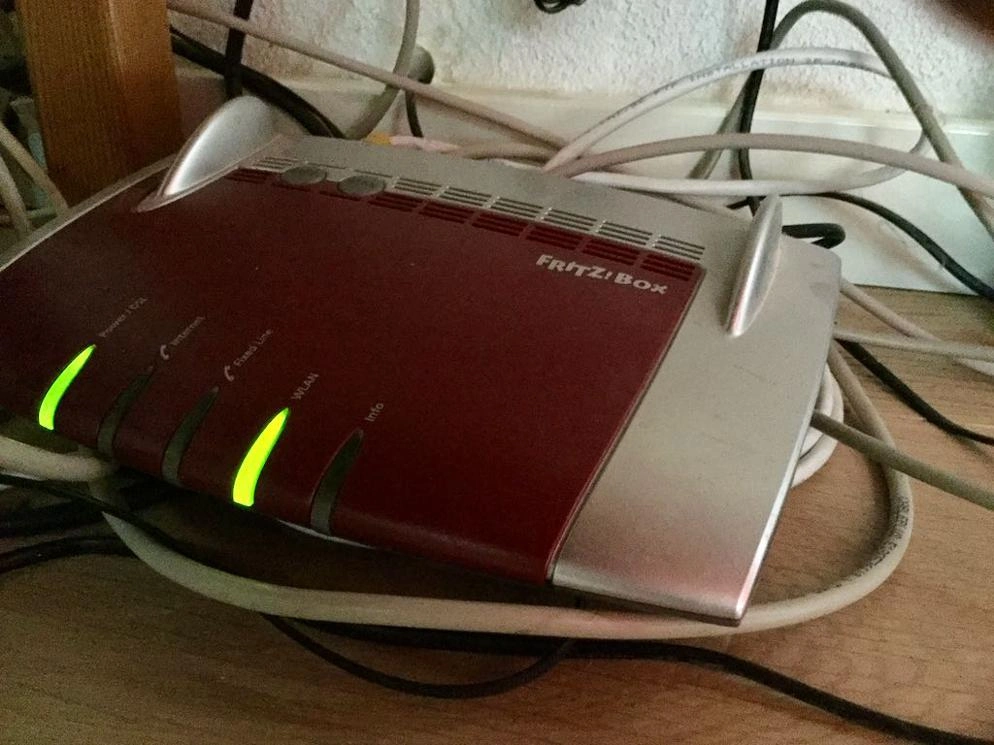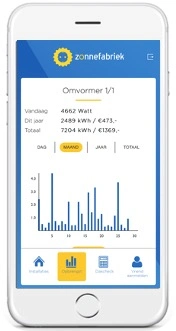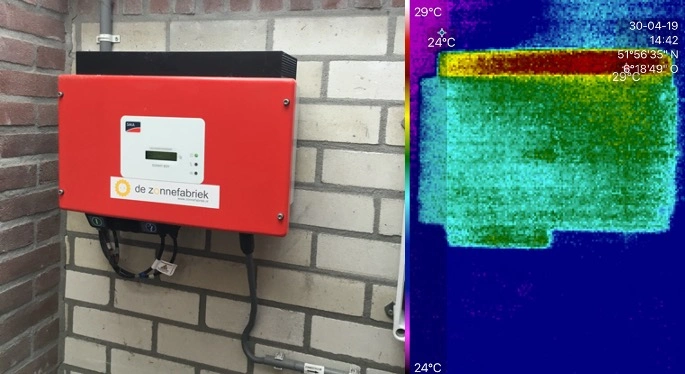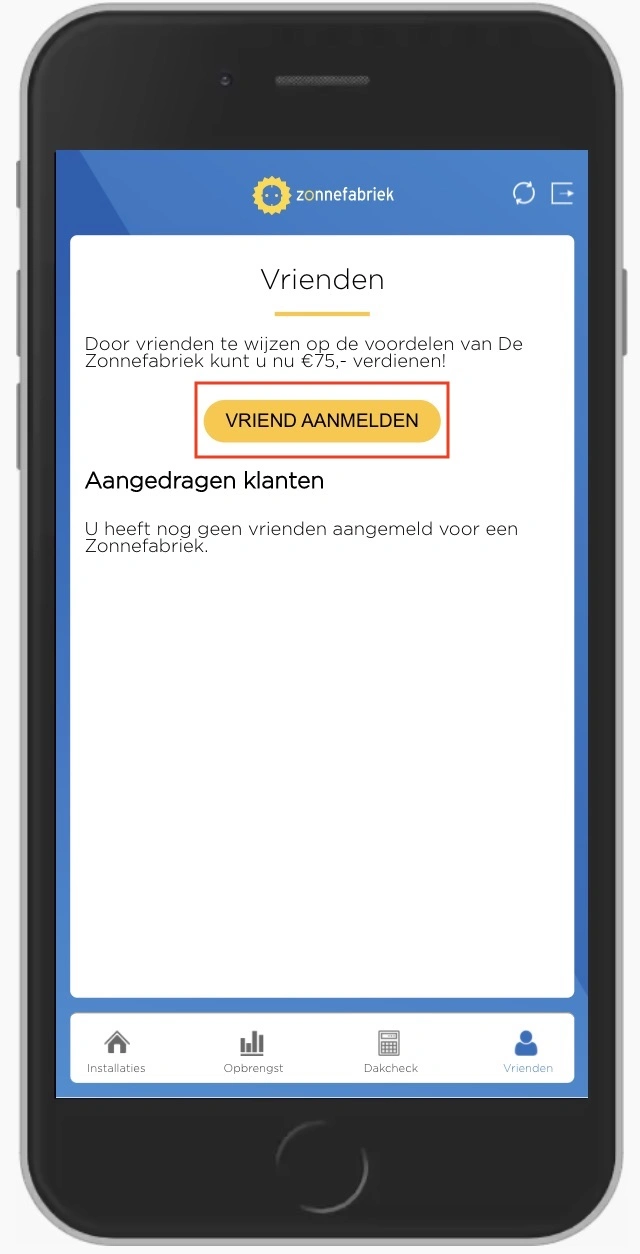He's long lost count of all the solar systems he’s seen over the years. But with all that experience, Geert can certainly share a few tips every solar panel owner can benefit from:
Once the initial excitement of having solar panels fades, most people tend to check their energy yield less frequently. And when they finally do, they sometimes find that there’s no data visible on the app or online. No yield showing? Don’t panic! In most cases, the issue is simply with the inverter’s internet connection. The panels have likely continued working just fine, but the data hasn’t been sent online.
Still, it’s important to restore that connection! Is your inverter connected via an ethernet cable? Check if it’s still securely plugged in.Using Wi-Fi and changed your Wi-Fi password? Reconnect your inverter to the Wi-Fi network. Using Powerline Adapters? Make sure those are still functioning. Check out our FAQ page on monitoring for tips to restore the connection.


If you can see how much energy your system has produced—whether in the app, online, or on the inverter’s display—you can also check if it meets expectations. Usually, the seller of the system provided an estimated annual yield. At Zonnefabriek, this is included in the offer. So, if your system has been running for a year, it’s worth checking: are you above or below expectations?
Of course, not every year is equally sunny. But if your yield is significantly below what was projected, it’s time to investigate.
Note: Make sure you check the yield of the solar panels—not the return delivery shown on your smart meter! The return delivery is always much lower because a large portion of the generated electricity is used directly in the home and doesn’t pass through the meter.
Inverters can be installed in various spots: outside, in the attic, or near the fuse box. Because there’s not much to see on an inverter, people sometimes stack or store things around it. Not a great idea! The inverter needs to release heat effectively. Inverters work continuously and produce a bit of heat. Most have special cooling fins at the back that allow air to circulate. These help release the heat efficiently.
Most inverters tolerate some heat well, but you want to minimize long-term heat exposure to extend the life of the internal components. So keep at least 20 centimeters of space around the inverter clear.

_0x0_6f7.webp)
Wireless solar panels, unfortunately, don’t exist. The electricity needs to travel through cables, which should last as long as the panels themselves. That’s why it’s important they’re secure and don’t flap in the wind.
Cables that move with the wind may eventually rub against surfaces, wearing down the insulation. So check that all cables are tightly secured and don’t move.
On flat roofs, it’s better if connectors are not lying on the roof, but tied up and suspended (usually with zip ties) to the mounting hardware. After rain, puddles can form, and if connectors lie in them for too long, water can seep in—causing major trouble. So keep them off the surface!
5) Earn money with new customers!
If you have solar panels, you’re already saving money with free green energy. But with the Zonnefabriek Ambassador Program, you can earn even more! When you refer new customers via the Zonnefabriek app or portal, and they go on to purchase a system, you’ll receive €75 per customer. A great way to help make the Netherlands more sustainable and enjoy even more benefits from your Zonnefabriek system!
